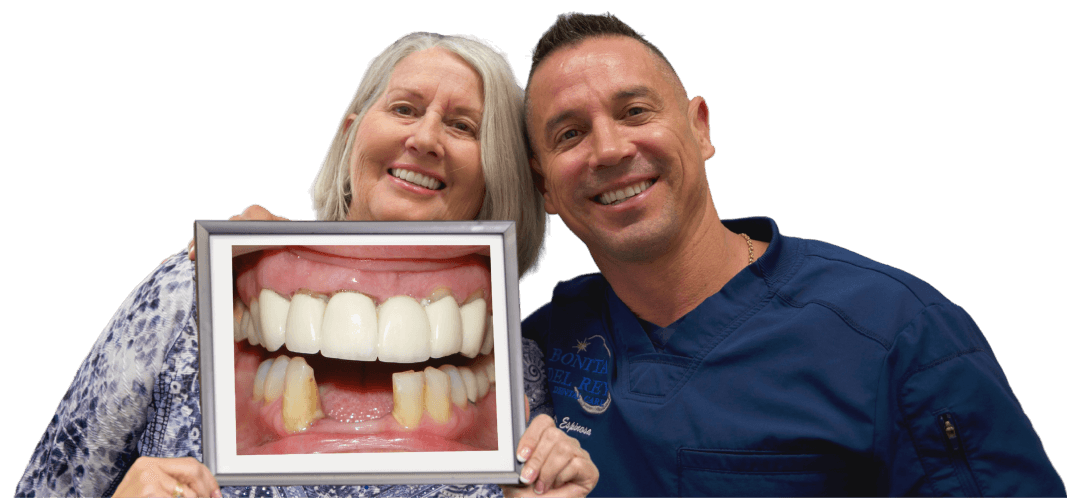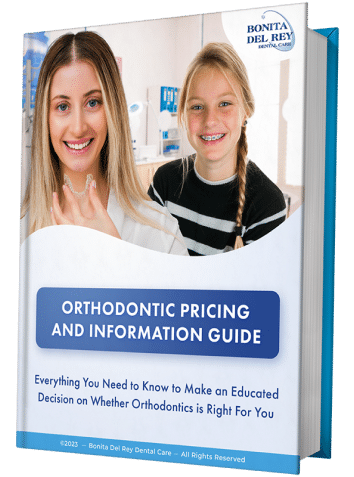We recently celebrated “World Oral Health Day” and we got to thinking…how does oral health in the US stack up against the rest of the world?
While it seems there is consistency about the importance of oral health care, often times it’s unavailable, unaffordable or just not at the top of the priority list. We collected the following research from studies conducted around the world, highlighting the best and worst countries when it comes to oral health care. You may find it surprising where the United States ranks on these lists. Let’s learn about the bad ones first!
Top 5 Countries with the Worst Oral Health Care
“Oral disease is a health crisis that leaves its mark on communities around the globe. There are 195 countries, 7 billion people and an estimated 210 billion teeth all around the world. Thanks to factors such as income inequality, geographic circumstances and limited access to health care, there is also a lot of opportunity for poor oral health. We’ve compiled a list of countries with the worst oral health around the world.” – Dentist’s Money Digest
-
- Philippines, 90% of the population suffers from tooth decay and 100% of children ages 3-5 have cavities
-
- India, 95% of all adults are reported to have some form of gum disease, and 50% don’t use a toothbrush
-
- Australia, nearly half of all six year olds have decay in their baby teeth
-
- Bolivia, children 12 and under have an average of four teeth decayed, filled or missing
- Poland, due to the highest tooth decay rates in the world
Top 5 Countries with Best Teeth in the World
An international survey of almost 13-thousand adults in 12 countries. Commissioned by FDI World Dental Federation, the survey found a large gap between what people think are healthy practices and what they actually do.
Those with the highest knowledge or oral health:
-
- Canada
-
- New Zealand
-
- Great Britain
-
- South Africa
- Australia (interesting Australia made it on the “knowledgeable list” when they are one of the worst in oral health care)
*We found the US was number nine on this list!
Those with the best practices in oral health care:
-
- Brazil
-
- Mexico
-
- South Africa
-
- Canada
- Great Britain
*US was number ten, with the best oral health care practices.
Additional findings
The study continued on to report the following:
-
- Many people thought it was best to brush immediately after every meal. FDI however recommends waiting about 30 minutes after a meal to avoid weakening the teeth.
-
- Many also though rinsing the mouth with water immediately after brushing was best practice. FDI recommends not doing that right away in order to maximize exposure to fluoride which helps protect teeth.
-
- Meanwhile, 77 percent said that visiting a dentist at least once a year is good practice, but only 37 percent do it.
What Does all of This Mean?
According to Dr. Espinosa, we need to increase education! “Clearly we are falling behind other countries, which means we need to continue educating our children and patients about the importance of oral health care. Not just to eliminate long term dental issues and gum disease, but to improve our overall health.” – Dr. Espinosa.
So, how do we do that? We continue writing blog articles just like these! And, we continue to spend time with our patients when they come to our office, helping them understand their treatment options and how to better care for their teeth and gums. How else can we help? We would love to hear from you, leave your comments below!
Additional Articles You May Find Interesting
If Your Teeth Could Talk, What Would They Say About You?
A bright, shiny smile is not always indicative of a healthy mouth. In fact, the whiteness of your teeth, more often than not, is unrelated to the health of your teeth. Many dentists actually worry, that those who have whiter smiles have a false sense of security when it comes to their oral health. Tooth decay and serious gum disease could still be lingering in a bright mouth. Read More
3 Most Important Reasons for Routine Dental Visits
A routine dental visit isn’t just to get your teeth cleaned. While removing plaque and tartar is important, the dentist also checks for cavities, signs of disease in your mouth, tongue, gums, neck and lymph nodes, and goes below the surface with X-Rays. Read More
We often associate tooth decay or cavities with children and young adults, thinking after we become adults we are out of the woods. This is definitely not the case, and the reason why we are covering the topic of tooth decay this week. As we age, recession from the gums away from the teeth, increased incidences of gum disease and antibiotics side-effects of dry mouth, make tooth decay more common for adults over the age of 50. Let’s dive right into decay! Read More
Follow us on our social channels, Facebook and Google+, to receive more regular updates, special offers, promotions and more! Right now we have a new patient special including a teeth cleaning, exam and x-rays for only $95 (that’s a $200 savings). Call us for more details.
Dentist reviews are leading the charge in how we learn about your experience in our practice, and how others view us when making a decision. Thank you to those that have already given their feedback. We know it takes time, and we value and appreciation your input in advance.
Five Stars from Lilia M.
Yes!!! I’m finally done with my dental implant done in Bonita Del Rey wit Dr. Kay. I really commend Dr Kay for his awesome job. Dr Kay was the best dentist I’ve ever went to for dental care. He is very calm in performing the procedures. He is very considerate with his patient especially with pain. In the past I thought having a dental implant is having to go through a lot of pain but it proves me wrong, not with Dr Kay. I’m very happy and satisfied with my dental implant. Jessica, Emma and everyone are very nice and friendly. Everyone who assisted Dr Kay with the procedures are awesome. Read More
Photo Credit: via CBC












